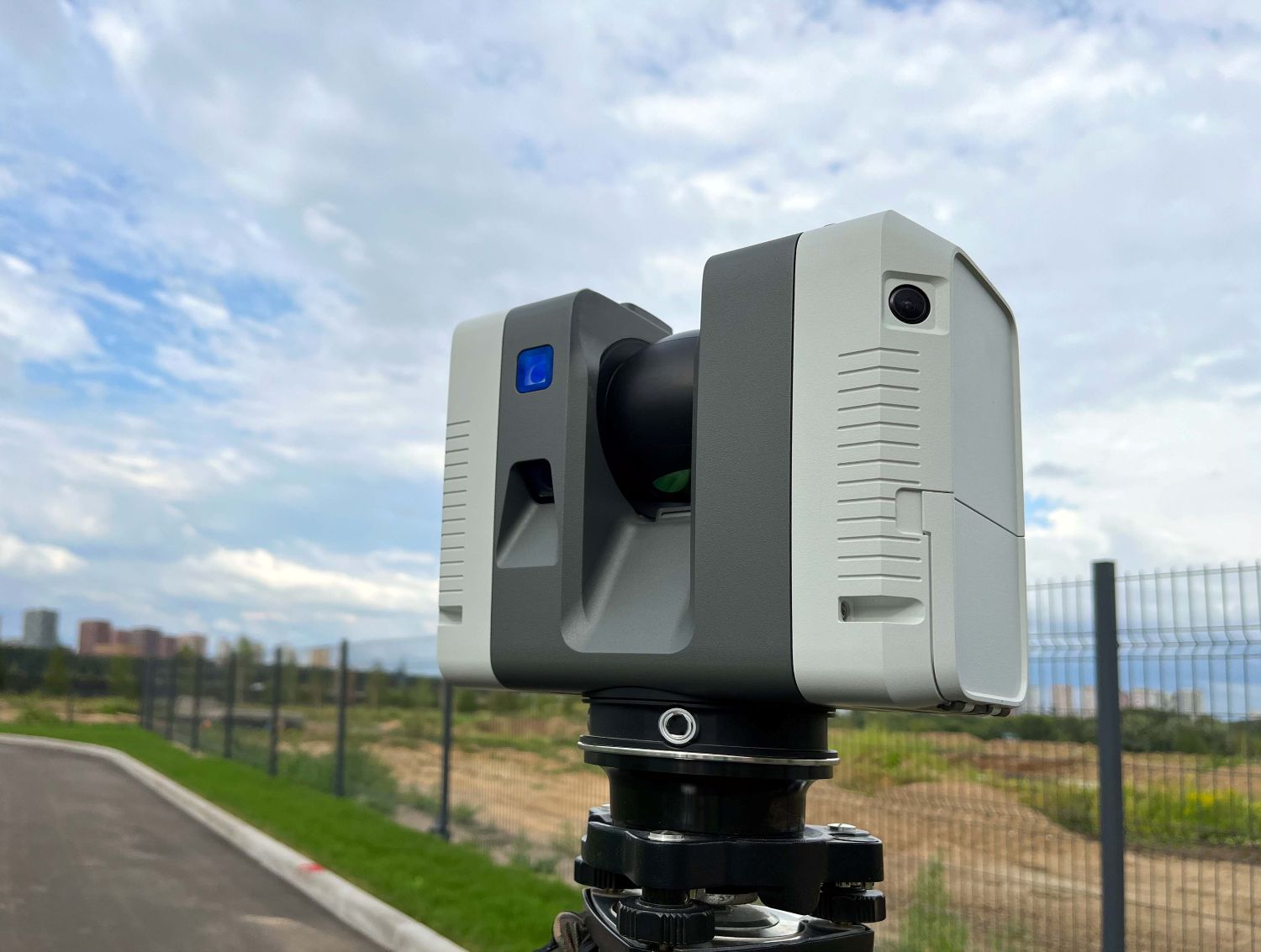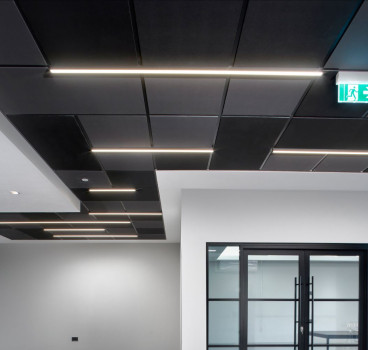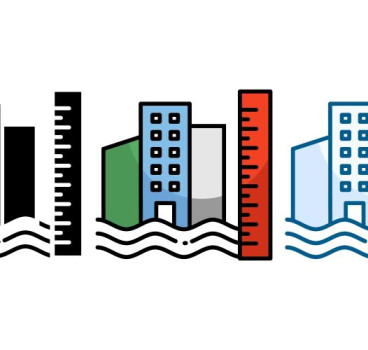How retrospective digitisation can transform building maintenance in a backlog crisis
The recent National Audit Office (NAO) report paints a stark picture as to how the UK government deals with a staggering maintenance backlog exceeding £49 billion, primarily concentrated in Ministry of Defence properties, schools and NHS buildings. This raises a critical question - how can we effectively address this challenge and ensure the longevity and functionality of these vital public assets? - writes Ryan Donoghue of AJ Digital.
Retrospective digitisation offers a powerful solution for tackling the maintenance backlog, but it's equally important to introduce proactive strategies to prevent future problems from accumulating – and it all starts with standardised digital information.
Traditionally, building maintenance has relied heavily on fragmented, incomplete and sometimes paper-based documentation. As a result, floor plans, maintenance schedules and asset information are often scattered across physical files, making it difficult to access, update and share critical data. This lack of centralised, readily available information has over time created a significant barrier to efficient maintenance planning and execution.
The NAO report suggests that the true backlog is likely to be higher than reported due to a lack of standardised data. This issue is prevalent across our industry, meaning it is difficult to quantify maintenance requirements, costs or benefits across portfolios. This also means that building owners and operators are unable to respond efficiently in situations such as recalls on unsafe products.
Retrospective digitisation bridges this gap by transforming existing records into a standardised, accessible digital format for Operation and Maintenance Manuals and Health and Safety files. This process can be taken further by carrying out laser scanning, a technology which creates a highly accurate 3D point cloud of the building, capturing its existing geometry and layout.
Such a centralised digital platform facilitates seamless communication and collaboration between maintenance teams, building occupants and external contractors, because all stakeholders always have access to the latest information, ensuring everyone is on the same page.
This can be taken further again by generating detailed 3D models using the laser scan data, providing a virtual object-based representation of the building. Existing building documents, maintenance records and asset information can then be integrated with the 3D model, creating the basis for a comprehensive digital twin.
With an accurate digital model, maintenance teams can then plan renovations, upgrades, and repairs with greater accuracy. Clash detection software can further identify potential conflicts between existing building elements and planned modifications, minimising rework and delays.
A digital twin serves as a virtual replica of the physical building, offering a wealth of benefits for maintenance and operations. It provides a clear and comprehensive view of the entire building, enabling facility managers to identify potential issues, prioritise maintenance needs and allocate resources effectively.
By analysing historical maintenance data and building usage patterns, the digital twin can also predict potential equipment failures and recommend proactive maintenance interventions. This data-driven approach minimises downtime and optimises maintenance costs. In addition, the digital twin provides a platform for running simulations and analysing various maintenance scenarios. This allows facility managers to make informed decisions based on real-time data and projected outcomes.
Aligning with sustainability goals
It is interesting to see that the NAO report highlights the government's commitment to achieving net-zero carbon emissions by 2050. A digital twin can significantly contribute to this goal by enabling energy modelling and performance analysis. This is a process where the digital model can be used to simulate the impact of different energy-saving measures, such as upgrading HVAC systems or installing renewable energy sources. This data-driven approach helps identify the most effective strategies for reducing energy consumption.
By integrating sensor data with the digital twin, facility managers can also monitor usage patterns and identify potential inefficiencies. This allows for targeted interventions to reduce waste.
AJ Digital has always put these kinds of processes into practice. Our recent work with a leading co-working company, illustrates the transformative power of retrospective digitisation. Our client faced challenges with an outdated building infrastructure, inefficient climate control systems and a lack of readily available building data.

Our solution involved laser scanning existing buildings to create accurate 3D models, developing a digital twin platform for centralised data management and implementing digital O&M manuals and health and safety files to deliver streamlined operation.
This approach enabled our client to simplify renovation planning with precise 3D models, improve operational efficiency with digital manuals and readily accessible data and make data-driven decisions for optimising energy and water usage.
As already mentioned, addressing the current maintenance backlog for the government is crucial, but it's equally important to implement proactive strategies to prevent future backlogs from accumulating.
Retrospective digitisation can play a vital role in this by analysing historical maintenance data and identifying recurring issues. This proactive approach minimises downtime, extends the lifespan of building assets and reduces overall maintenance costs.
The digital twin will also enable facility managers to conduct lifecycle cost analyses for various building components and systems. This analysis helps determine the most cost-effective maintenance strategies over the long term, considering factors such as repair costs, replacement costs and energy efficiency.
When considering building upgrades or renovations, the digital twin will further provide a platform for evaluating different options and their potential impacts. For example, the model can be used to simulate the impact of energy-efficient upgrades on energy consumption and operating costs.
The future of building management
All this means that the future of building management lies in a data-driven approach, where digital twins serve as the central hub for all building information. By using the power of data and technology, we can transform how we maintain, operate and manage our built environment.
Advancements in artificial intelligence and machine learning will also enable predictive analytics capabilities, allowing for even more accurate predictions of equipment failures and proactive maintenance interventions in the future.
The NAO report serves as a stark reminder of the critical need to address the growing maintenance backlog in public sector buildings – and we can see that retrospective digitisation offers a powerful solution for tackling this challenge and transforming building management practices.
At AJ Digital, we are committed to helping organisations unlock the potential of this technology and would encourage government agencies, building owners and facility managers to explore the benefits and take the first step towards a more data-driven future for building management.
Additional Blogs

When fire breaks out who really knows the system
The story that caught my attention recently wasn’t about fire growth or building loss, it was about confusion. Specifically, the confusion faced by the fire service when arriving at buildings...
Read moreThe design and development of Nexus Layouts
When Zentia set out to rethink the suspended ceiling, the brief was clear: deliver greater creative freedom for designers, more distinctive visual identity for clients, and a solution that could keep...
Read more

The 100-year construction project or why longevity Is the new sustainability
For decades, the construction sector has defined sustainability through metrics such as operational energy, embodied carbon, material efficiency and circularity. These measures remain vital, but a...
Read more